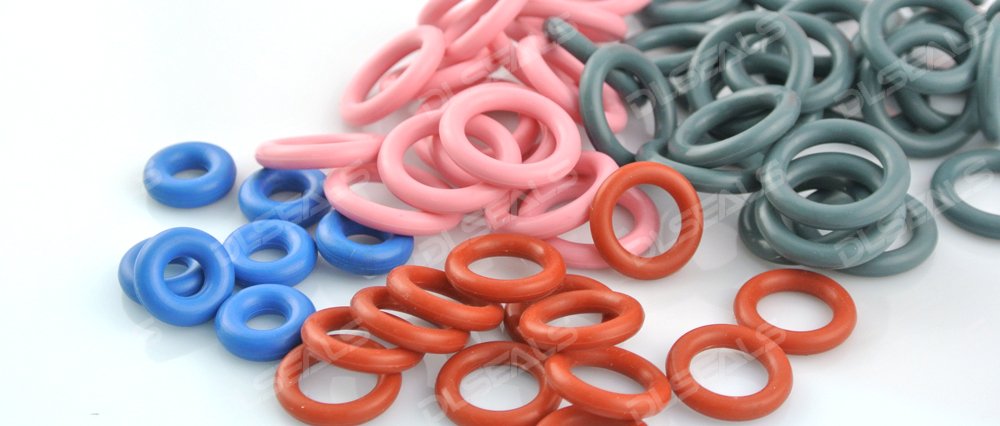Rubber seals play a crucial role in maintaining the integrity and performance of industrial equipment. Whether you’re replacing old seals or selecting new ones for machinery, making the right choice is paramount. Here are some essential tips to guide you through the selection process:
1. Understanding Environmental Factors
Before choosing a rubber seal, assess the environment in which your equipment operates. Consider factors such as temperature fluctuations, exposure to chemicals, UV radiation, and physical wear. Different rubber compounds offer varying degrees of resistance to these elements. For example, Nitrile rubber (NBR) is excellent for oil resistance, while Silicone rubber performs well in high-temperature environments.
2. Identifying Seal Requirements
Evaluate the specific requirements of your application. Determine if the seal needs to withstand high pressure, maintain flexibility over time, or resist compression set (permanent deformation after compression). Different seals are designed with specific performance characteristics, such as hardness (durometer), elasticity, and tear resistance. Matching these properties to your equipment’s needs ensures optimal performance and longevity.
3. Choosing the Right Seal Design
Selecting the appropriate seal design is crucial for effective sealing. Common types include O-rings, U-cups, V-rings, and custom-molded seals. Each design offers unique advantages based on factors like sealing direction, installation space, and ease of maintenance. For dynamic applications where the seal moves with parts (like pistons or shafts), dynamic seals such as O-rings or U-cups are typically used. Static seals, like gaskets, are ideal for stationary connections.
4. Considering Material Compatibility
Ensure compatibility between the seal material and the fluids or media in your equipment. Chemical compatibility is essential to prevent degradation or failure of the seal over time. Consult compatibility charts provided by seal manufacturers to verify the suitability of the material for your specific application.
5. Quality and Certification
Prioritize seals from reputable manufacturers with a track record of producing high-quality products. Look for seals that meet industry standards and certifications (e.g., ISO 9001) to ensure consistent performance and reliability. Quality seals reduce the risk of equipment downtime and maintenance costs associated with seal failure.
6. Installation and Maintenance
Proper installation and regular maintenance are essential for maximizing the lifespan of rubber seals. Follow manufacturer guidelines for installation techniques and ensure that seals are installed in a clean and lubricated environment to prevent damage. Implement a maintenance schedule to inspect seals for wear, leaks, or damage, replacing them promptly if necessary.
Conclusion
Choosing the right rubber seal involves careful consideration of environmental factors, application requirements, material compatibility, and seal design. By selecting high-quality seals and following proper installation and maintenance practices, you can ensure optimal performance and longevity for your equipment. Consult with seal manufacturers or experts to leverage their knowledge and expertise in selecting the best seals for your specific applications.
Post time: Jul-17-2024

